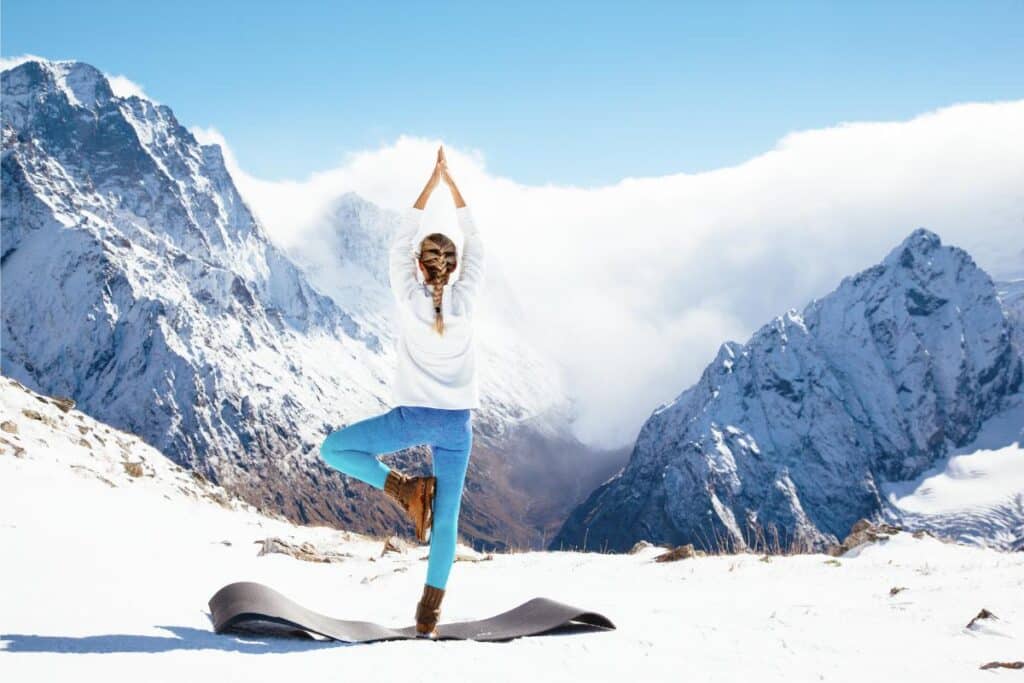A practice steeped in thousands of years of history, yoga offers a wide range of styles to suit various fitness levels and personal preferences. However, some types of yoga are more challenging than others, requiring advanced levels of flexibility, strength, and balance. This blog post will delve into some of the most difficult types of yoga to practice, providing you with insight into what makes them so demanding.
Ashtanga
Ashtanga is a meticulous, advanced form of yoga that requires synchronized breathing with a series of advancing postures. This process produces an intense internal heat that acts as a purification system for the muscles and organs. The intense purification can positively affect the practitioner’s circulation; create a light, strong body; and bring peace to the mind. However, the complexity of the sequences and the physical stamina required make Ashtanga one of the most challenging yoga styles. Ashtanga is also one of the most transformative yoga styles for practitioners seeking a strong mind-body connection.
Bikram
Bikram, often referred to as “hot yoga,” is another challenging yoga style. Performed in a room heated to 105 degrees Fahrenheit with a humidity of 40 percent, this form of yoga consists of a series of 26 postures and 2 breathing exercises performed over 90 minutes. The extreme conditions and the endurance needed for the extended practice period make Bikram a tough yoga style to master.
Jivamukti
Jivamukti is a relatively modern yoga style that’s physically intense and intellectually stimulating. It combines ethical principles, chanting, meditation, and vigorous physical exercise. The complexity of integrating these different aspects makes Jivamukti a challenging choice.
Power Yoga
As the name suggests, power yoga is a high-energy, fitness-based approach to the Vinyasa style of yoga. It focuses on strength and flexibility, with practitioners moving quickly through poses. The speed and strength required for power yoga can make it one of the more difficult types of yoga to practice. Power yoga is one of many styles you can practice through an online studio or school, and this allows practitioners to practice where it’s most convenient for them.
Closing Thoughts
While Ashtanga, Bikram, Jivamukti, and power yoga are among the most difficult types of yoga to practice, they also offer profound benefits for people willing to take on the challenge. These styles can help practitioners develop physical resilience, mental fortitude, and a deeper understanding of their yoga practice. Through a greater understanding of the styles available and how they might serve you, you can choose the right teacher training or studio for your specific needs and deepen your practice and mind-body connection.




